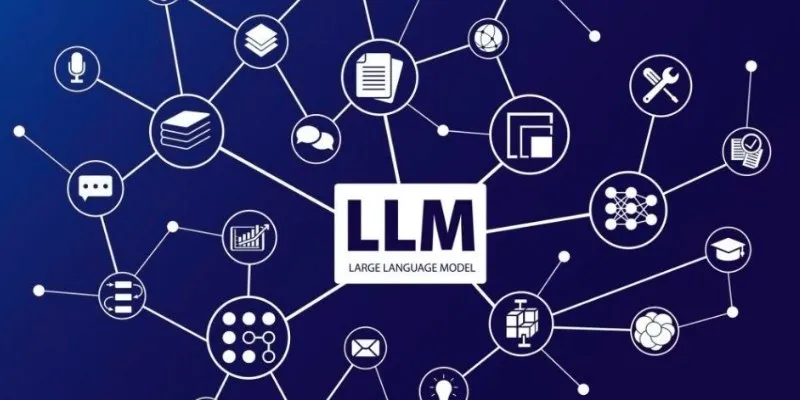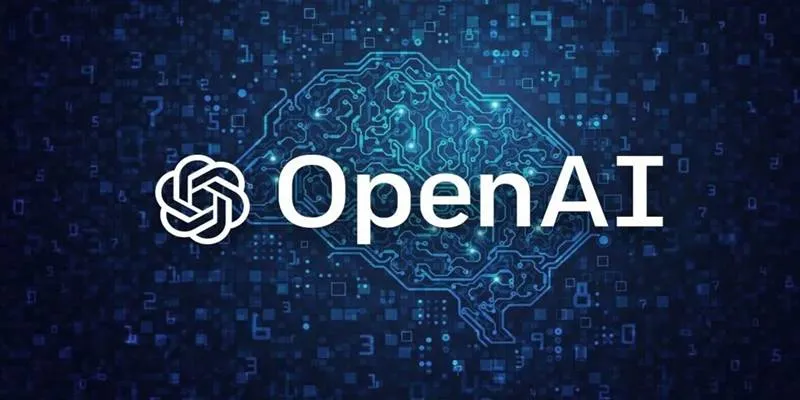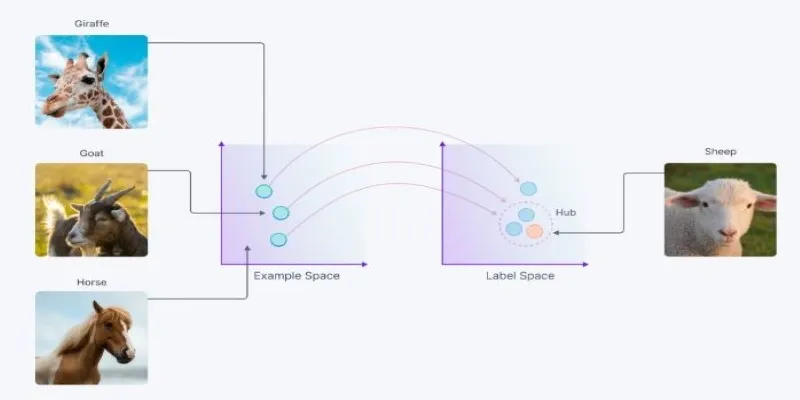ChatGPT, along with GPT-4, leverages mathematical programming, artificial intelligence technology, and programming languages to generate text resembling human writing while solving complex problems. Developers, data scientists, and researchers must understand these technical foundations. This article offers essential insights into constructing and training LLMs using effective fine- tuning techniques.
Mathematics for Large Language Models
 The backbone of
artificial intelligence relies on mathematical principles. The effective
functionality of machine learning algorithms necessitates robust mathematical
foundations to operate. When basic mathematical concepts are fully grasped,
the design principles of AI models can be enhanced, improving their acceptance
and performance.
The backbone of
artificial intelligence relies on mathematical principles. The effective
functionality of machine learning algorithms necessitates robust mathematical
foundations to operate. When basic mathematical concepts are fully grasped,
the design principles of AI models can be enhanced, improving their acceptance
and performance.
1. Linear Algebra: The Foundation of AI
Linear algebra is a cornerstone of machine learning, especially in the context of Large Language Models (LLMs). It involves matrices, vectors, and transformations, serving as a core mathematical component that LLMs use for various tasks:
- Word embeddings: In Natural Language Processing (NLP), words are transformed into numerical vectors, aiding AI in understanding relationships between words.
- Matrix operations: Neural networks process extensive datasets using matrix multiplications, enhancing computational efficiency.
- Dimensionality reduction: Techniques like Singular Value Decomposition (SVD) simplify data complexity, optimizing high-dimensional data through methods such as Principal Component Analysis (PCA).
Without linear algebra, LLMs wouldn’t effectively process text as they rely on numerical representations of words, sentences, and documents.
2. Probability and Statistics: Teaching AI to Predict
Probability and statistics are fundamental to how LLMs handle uncertainty and make predictions, guiding decision-making and enabling AI to learn from data. Key applications include:
- Bayes’ Theorem: Helps AI calculate the likelihood of a word appearing in a specific context.
- Probability distributions: Models like Gaussian and Poisson distributions manage uncertainties and patterns in AI responses.
- Markov Chains: Used to model word sequences and predict the next word based on prior context.
Probability and statistics empower LLMs to analyze large datasets, identify patterns, and generate accurate outputs.
3. Calculus: Fine-Tuning AI Models
Calculus is crucial for training and optimizing deep learning models, assisting in parameter adjustment and error reduction during the training process. In LLMs, calculus is applied through:
- Derivatives and gradients: Gradient descent uses derivatives to optimize neural network weights for enhanced performance.
- Partial derivatives: Facilitate fine-tuning of individual model parameters to improve accuracy.
- Optimization methods: Calculus ensures models minimize loss functions, enhancing accuracy and efficiency.
Without calculus, LLMs couldn’t continuously improve, as optimization is vital for learning and better performance.
4. Discrete Mathematics: Building Logic into AI
Discrete mathematics provides the framework behind algorithms and data organization in AI, emphasizing logical thinking and key concepts such as:
- Graph theory: Analyzes relationships and connections within datasets.
- Boolean logic: Guides decision-making processes in AI systems.
- Combinatorics: Useful for sequence generation and probability calculations in NLP.
Discrete mathematics ensures AI models are well-organized and capable of handling logical decision-making tasks.
Machine Learning for Large Language Models
Machine learning is the driving technology that enables large language models (LLMs) to identify patterns, generate text, and process information. Without it, AI models wouldn’t adapt to tasks or improve over time.
What is Machine Learning?
Machine learning is a subset of artificial intelligence that enables computers to learn from data and improve without being explicitly programmed. LLMs utilize a form of machine learning known as deep learning, which focuses on training large neural networks.
Neural Networks: The Brain of LLMs
Neural networks are designed to mimic the human brain, with layers that process information step by step. Key concepts include:
- Artificial neurons: Small units that receive inputs, apply weights, and produce outputs.
- Activation functions: Determine if a neuron should “fire,” enabling the model to handle complex data.
- Layers in neural networks: LLMs consist of input, hidden, and output layers that aid in processing and interpreting text.
Transformers: The Power Behind LLMs
The transformer architecture revolutionized natural language processing by processing entire sentences at once, rather than word by word. It boasts several key features:
- Self-attention mechanism: Helps the model comprehend how words in a sentence are related.
- Parallel processing: Unlike older models that operate sequentially, transformers process multiple words simultaneously.
- Contextual understanding: Transformers retain details from long texts, enhancing the accuracy and meaningfulness of their responses.
Training LLMs: How AI Learns
Training LLMs involves several stages:
- Data Collection: Amassing vast amounts of text to train the model.
- Preprocessing: Cleaning data by removing extraneous characters and converting text into numerical form.
- Model Training: Adjusting the neural network using deep learning techniques.
- Fine-Tuning: Employing specialized datasets to refine the model for superior performance.
This process enables LLMs to understand and generate human-like text more effectively.
Coding for Large Language Models
 Coding is essential for creating operational machine learning models.
Developers use programming languages to build, test, and refine AI models.
Coding is essential for creating operational machine learning models.
Developers use programming languages to build, test, and refine AI models.
Python: A Popular Choice for AI
Python is widely favored in machine learning due to its simplicity and powerful libraries. Key Python libraries for building large language models include:
- TensorFlow and PyTorch: Facilitate the creation and training of deep learning models.
- NumPy and Pandas: Useful for data manipulation and performing calculations.
- Scikit-learn: Provides tools for data analysis and model testing.
Steps to Build a Large Language Model
To create a basic large language model (LLM), follow these steps:
- Install essential libraries like TensorFlow, PyTorch, and NumPy.
- Prepare text data by cleaning and tokenizing it.
- Design the model structure using neural network layers.
- Train the model by adjusting weights through gradient descent methods.
- Test and fine-tune the model to enhance accuracy and resolve errors.
Using APIs for Pre-trained Models
If building a model from scratch seems daunting, you can utilize pre-trained models via APIs. Popular options include:
- OpenAI GPT-4 API: Offers high-quality AI text generation.
- Google PaLM API: Provides access to powerful language models.
- Hugging Face Transformers: A platform for pre-trained AI tools.
Conclusion
Large language models rely on three core elements: mathematics, machine learning, and coding. Math provides the foundation for AI calculations, machine learning enables models to learn from data, and coding integrates everything into a functional system. If you’re interested in working with LLMs, mastering these areas will help you understand their operation and even create your own AI-powered tools.
 zfn9
zfn9























